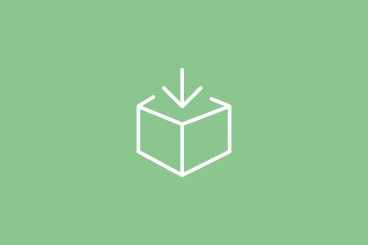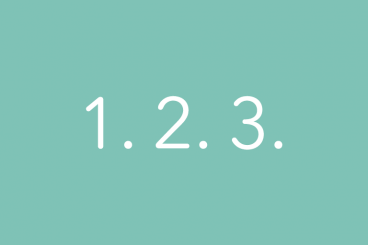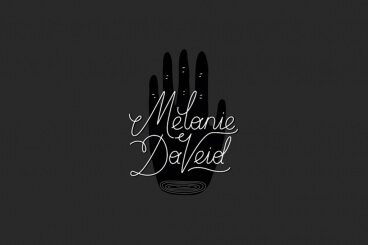
How to Design a Logo / 5 Jul 2016
How to Design a Minimal Logo That Works
It doesn’t get much more minimal than that classic Nike Swoosh. The design is simple, iconic and you’d be hard-pressed to find someone that doesn’t know what it stands for. The logo is the company.
And it’s so minimalistic. That same concept is trending again in logo design. Minimal logos are the “in” thing from brand marks to badges on website home pages. Whether you have a logo or not, there are plenty of great ways to incorporate this minimal logo style into your design work.










